Upon the guide’s instructions, you get off your seat and lay down on the damp bottom of the boat that he then expertly guides towards a sheer cliff. You count the moments, ears strained for the tell-tale sound of the boat cracking apart against the rocky face of that indomitable cliff. Even as the boat bumps against rocks, throwing salty sea spray against your face, the guide pulls on a thick metal chain, pulling you forth.
A sudden surge forward and you open your eyes in a vast vault of darkness, pierced through by an eerie glow that turns everything blue. It seems another world completely as even the blades of the oars shine silver going inside the water, taking you across the depths that were said to be the abode of nereids, mermaids, sirens, and monsters of the sea...
As unreal as it may sound, as many stories and legends may surround it, the Blue Grotto of Capri is as real as can be. One of the most awe-inspiring wonders of Italy and one of the most popular attractions in Capri, the Blue Grotto is known all over the world for its vibrant blue waters that reflect an azure hue across the walls of the cavern that must have so many stories to tell. Truly, one can never be sure whether or not the mysterious cave was inhabited by sirens, their devastatingly beautiful songs luring sailors to meet gruesome ends, but the Blue Grotto undoubtedly manages to lure throngs of visitors, day after day.
A Mesmerising Marvel in Italy, the Blue Grotto of Capri
Extending 60 meters into what seems like a sheer rock face, about 25 meters wide, the Blue Grotto forms a vast cavern that can be accessed only through a small opening that is hardly 2 metres high, only 1 metre of which is open even during low tide. Completely inaccessible during high tide, the entrance only allows enough space for a rowboat to awkwardly slide inside, and that too with all passengers lying down in a small 4-person boat to avoid injury. One of the many grottos of Capri, this is one cave that you will hardly ever find free of tourists, all lined outside the entrance waiting for their own turn to experience whatever waits inside. The waiting time might seem a bit long to many but won’t seem a bother once you manage to get inside Capri’s Blue Grotto. The dark interiors of this natural sea wave seem to be bathed in a blue glow, so out of this world, that the colour alone will mesmerise you for a while as you find yourself suspended in what seems like an entirely different dimension.
While visitors can only visit the main cave, there are three connecting passageways at the back, one of which leads to the ‘Room of Names’, so named for the layers and layers of graffiti left there by visitors over the centuries. The other two passages lead deeper into the cliffs, and it is believed that they lead to the emperor’s villa. But as the passage caved in ages ago, which villa it is that connects to these caves of Capri remains unknown.
But Why is This Grotto of Capri Blue?
The primary reason behind the popularity of the Blue Grotto, which attracts almost every tourist on an Italy trip to visit is not just the distinctive hue of blue that bathes the cave but it’s also about how and from where the illumination comes. Inside the Blue Grotto, visitors may find themselves unable to discern the source of the light, which seems to radiate from underneath them, right from the heart of the watery depths that are fabled to house many monsters of lore.
The truth, though opportune, is not that mysterious in reality. Some light does of course enter through the narrow gap that is the entrance, but what a lot of people don’t know is that the tiny gap through which they entered is not the only one. Capri’s Blue Grotto actually has another opening, almost 10 times bigger, located directly beneath the entrance, separated by a band of rock. This aperture is farther away from the surface and quite a less amount of light manages to pass through it. Still, with its size and depth in its favour, the lower opening ends up being the primary source of light in the Blue Grotto, and as the light passes through, the water absorbs the red reflections, allowing only an azure blue to escape.
The Sight that Makes the Blue Grotto of Capri Italy’s Top Natural Wonder
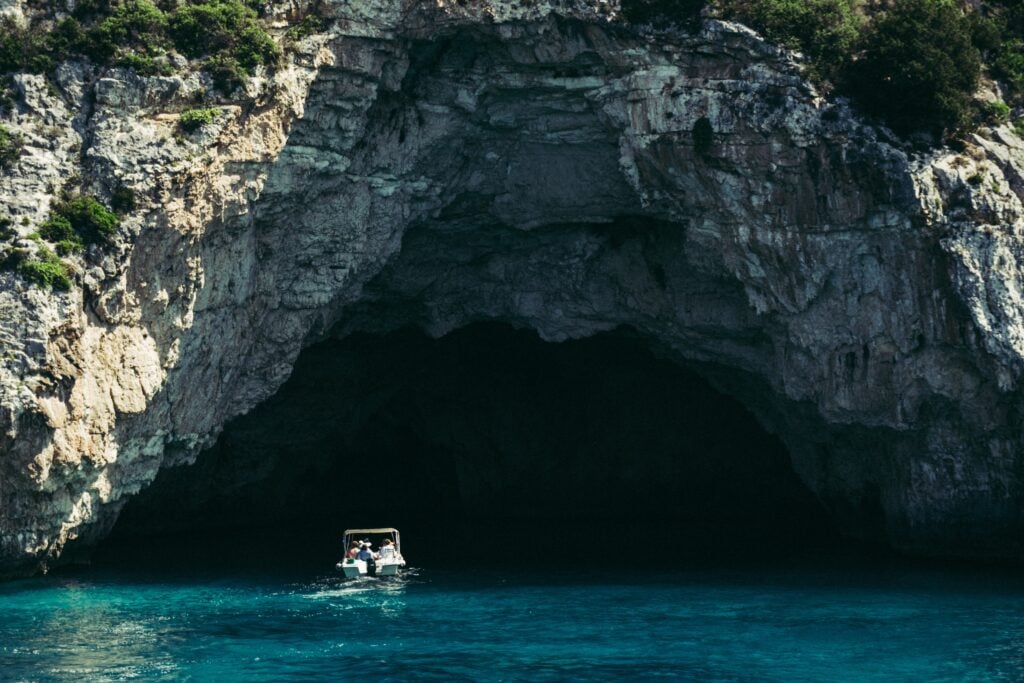
As the large opening brings inside a muted glow, the dazzling intrusion of the above water opening falls upon the calm waters to create a shining illusion that befuddles the eyes, leaving you unable to make out the larger hole, which lends the entire excursion the feeling of floating between space and time, daring to venture where no one has before.
The Emperor of Italy Credited with Capri’s Blue Grotto’s Discovery
The discovery of the Blue Grotto in Italy is credited to Emperor Tiberius, who moved the Roman empire’s capital to Capri in 27 AD. The Blue Grotto is said to have been the emperor’s personal swimming hole as well as a maritime nymphaeum. Tiberius is also remembered for his lavish Villa Jovis, which stands atop a cliff with an almost 1000 feet drop into the Mediterranean, from where it is believed dissenters were dropped to their deaths at the emperor’s whim. Of the many caves in Capri, the Blue Grotto became the swimming hole that gained a lot of notoriety because of the debauchery that went on within.
The Legends
Whether it was the infamous aura of Tiberius or the very eeriness of the azure hue of this grotto in Capri, but Gradola, as it was known to the locals long ago, was abandoned for a long time after Tiberius. Even as the Blue Grotto fell into oblivion and stories of ghosts and demons began to arise, local sailors and fishermen started avoiding the caves.
In fact, two priests, who were determined to drive away the bad spirits, swam into the cave and after a few minutes spent inside, they were seen running away in panic, almost as if they had gazed into the face of the devil. Soon the priests seemed to have lost their minds and could be seen ranting. This instance only fed to the legends surrounding the grotto, and it wasn’t until 1826 in Italy that Blue Grotto was ‘rediscovered’, when a local fisherman, Angelo Ferraro, took German writer, August Kopisch, and his friend, Ernst Fries, to the grotto.
Discoveries
The Blue Grotto in Italy has been the site of several discoveries that support the fact that Capri’s grotto was a nymphaeum. In 1963, several statues and objects from Roman times were discovered in the cave, including various marine animal sculptures, a triton, and a statue of Neptune (also known as Poseidon), which are today displayed at the Museum of the Red House in Anacapri. Earlier, these Grottos of Capri were called the Grotta Gradola and it was August Kopisch who chose the name “Azzurra” by which the world knows it today.
Visiting the Blue Grotto in Italy
There are several things you should keep in mind if you plan to visit the Grotta Azurra and if your Italy vacation packages include Capri. Swimming in the Blue Grotto is strictly forbidden as the undertow can easily pull swimmers towards the rocky entry and cause serious injuries.
The best time to visit the grottos of Capri is during the summer. Though the summers are peak season, and you may have a long wait ahead of you, the wait will be completely worth it. The sunnier it is, the more illuminating will the blue glow inside the cave be. While the morning light is a sight to behold, the afternoons, around 12 to 2 PM, are when the light is at its most intense. The crowds too tend to thin out a bit around this time, so you can consider planning your visit accordingly.
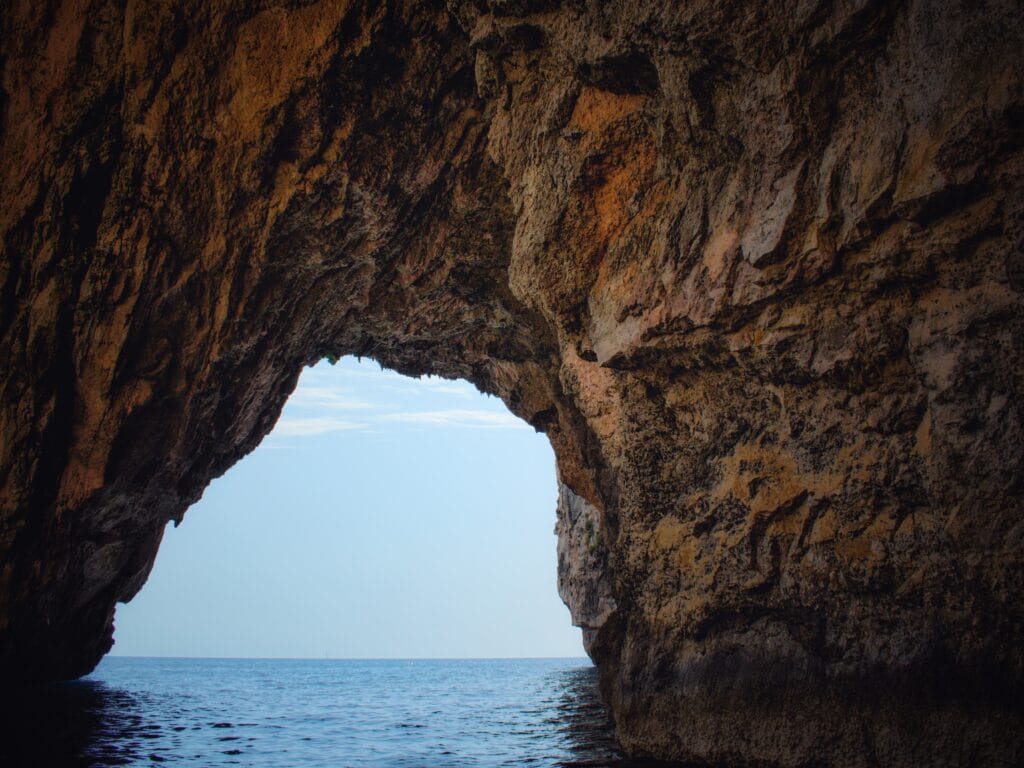
Tickets can be bought from ticket offices, the port, or from tour companies, and there are several boats that depart from Marina Grande in Capri for the Blue Grotto.
It may be a short while that you get to spend within the alluring cave of the Blue Grotto, but the experience will last you a lifetime.








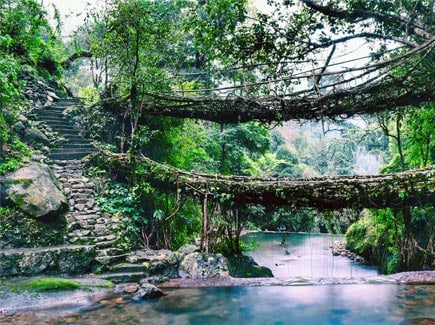
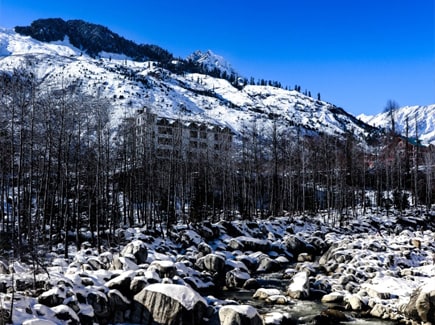













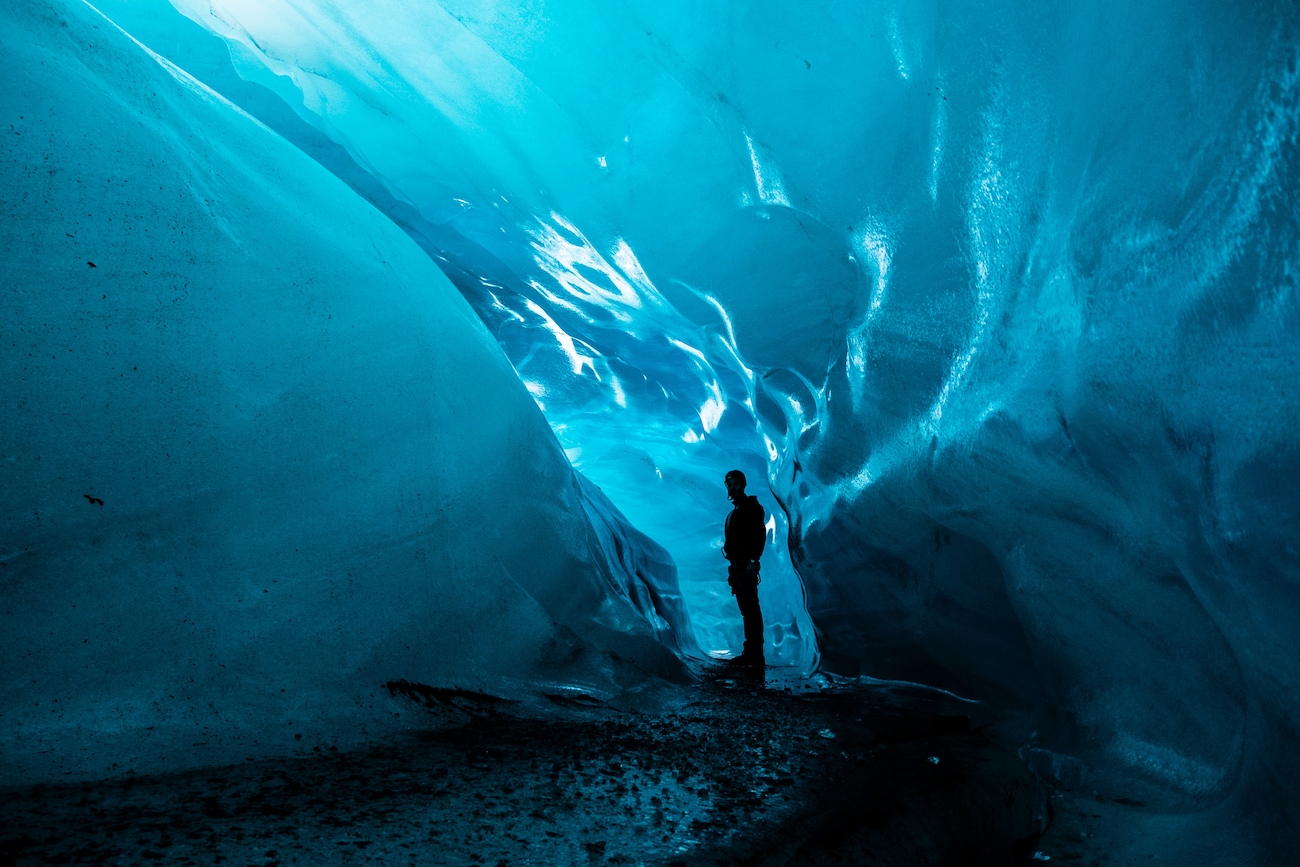









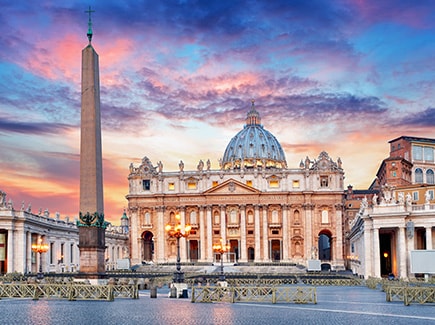
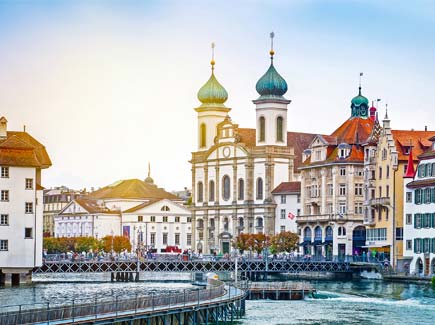

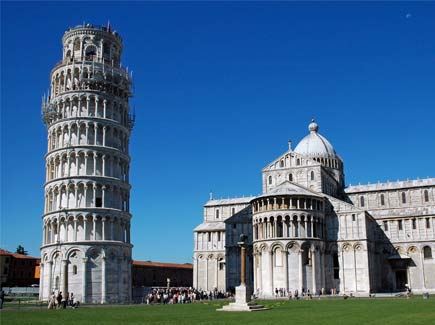













Post your Comment
Please let us know your thoughts on this story by leaving a comment.